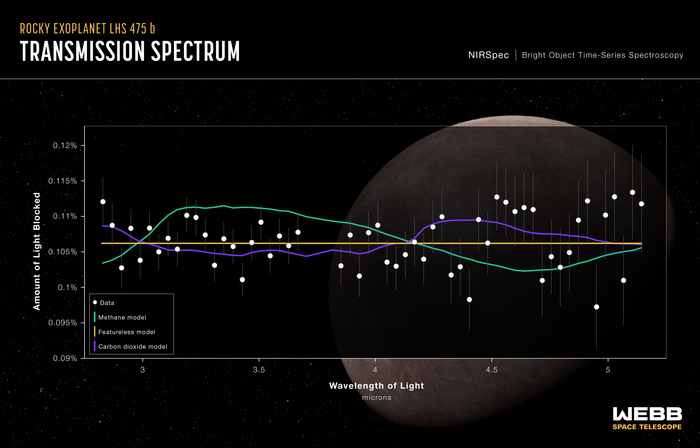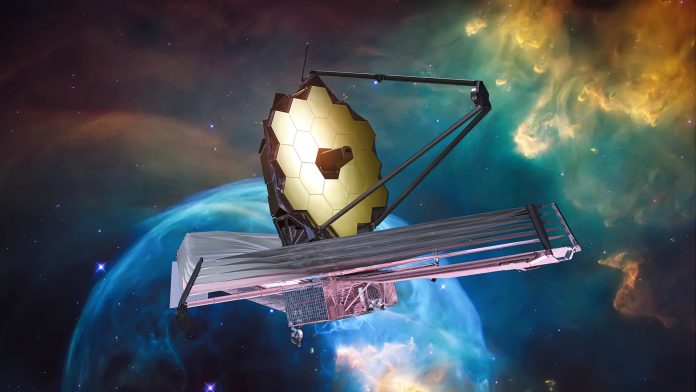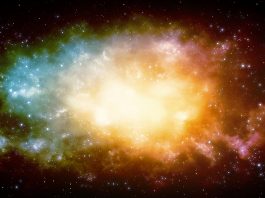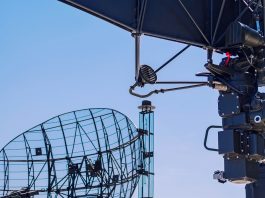NASA’s James Webb Space Telescope (JWST) has confirmed its first exoplanet, which is almost identical in size to Earth.
The exoplanet – a planet that orbits another star – has been classified as LHS 475 b. This exciting exoplanet is located just 41 light-years from Earth, has a diameter of 99% of our planet and was confirmed by researchers at the Johns Hopkins University Applied Physics Laboratory using the JWST’s advanced instruments.
The NASA/ESA/CSA James #Webb Space Telescope has confirmed the presence of an exoplanet for the first time. Formally classified as LHS 475 b, the planet is almost exactly the same size as our own, clocking in at 99% of Earth’s diameter.
👉 https://t.co/3KPq5ynh5H#JWST pic.twitter.com/xU7grtICCl
— ESA (@esa) January 11, 2023
JWST will help solve mysteries of the Universe
The JWST is the planet’s most advanced operating telescope, capable of characterising Earth-sized exoplanet atmospheres. The telescope will enable scientists to solve our Universe’s most complex mysteries, analyse distant worlds and the stars they orbit, and uncover our enigmatic place in the cosmos.
The existence of LHS 475 b was initially proposed by NASA’s Transiting Exoplanet Survey Satellite (TESS), which prompted the research team to probe the exoplanet with JWST. In just two transit observations, the Webb Telescope easily captured the planet through its Near-Infrared Spectrograph (NIRSpec).

Jacob Lustig-Yaeger and Kevin Stevenson of the Johns Hopkins University Applied Physics Laboratory commented: “There is no question that the planet is there. Webb’s pristine data validate it. The fact that it is also a small, rocky planet is impressive for the observatory.”
Mark Clampin, Astrophysics Division director at NASA Headquarters in Washington, added: “These first observational results from an Earth-size, rocky planet open the door to many future possibilities for studying rocky planet atmospheres with Webb.
“Webb is bringing us closer and closer to a new understanding of Earth-like worlds outside our solar system, and the mission is only just getting started.”
Could there be life on LHS 475 b
Despite the data illuminating that the exoplanet is similar in size to Earth, they cannot confirm if it has an atmosphere but can reveal what is not present.
Lustig-Yaeger explained: “There are some terrestrial-type atmospheres that we can rule out. It can’t have a thick methane-dominated atmosphere, similar to Saturn’s moon Titan.”
The researchers also suggested that although LHS 475 b may not have an atmosphere, there are some atmospheric compositions that have not been ruled out, including a pure carbon dioxide atmosphere.
“Counterintuitively, a 100% carbon dioxide atmosphere is so much more compact that it becomes very challenging to detect,” added Lustig-Yaeger.
More specialised measurements are needed to distinguish a pure carbon dioxide atmosphere from no atmosphere at all, which the team is planning to acquire through additional spectra with upcoming observations this summer.
The JWST also discovered that the exoplanet is a few hundred degrees hotter than Earth, meaning if clouds are present, LHS 475 b may be more similar to Venus, which has a carbon dioxide atmosphere and is enveloped by thick clouds.
“We’re at the forefront of studying small, rocky exoplanets,” Lustig-Yaeger said. “We have barely begun scratching the surface of what their atmospheres might be like.”
The researchers also identified that the exoplanet completes an orbit in just two days, and although it is closer to its star than any planet in our solar system, its red dwarf star is less than half the temperature of our Sun, meaning it still could have an atmosphere.
Stevenson and Lustig-Yaeger concluded: “This rocky planet confirmation highlights the precision of the mission’s instruments. With this telescope, rocky exoplanets are the new frontier.”









